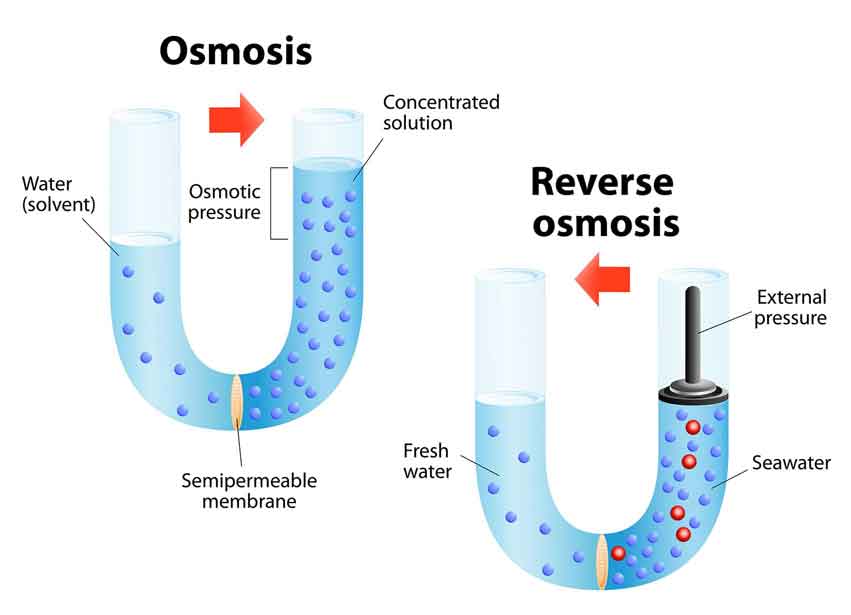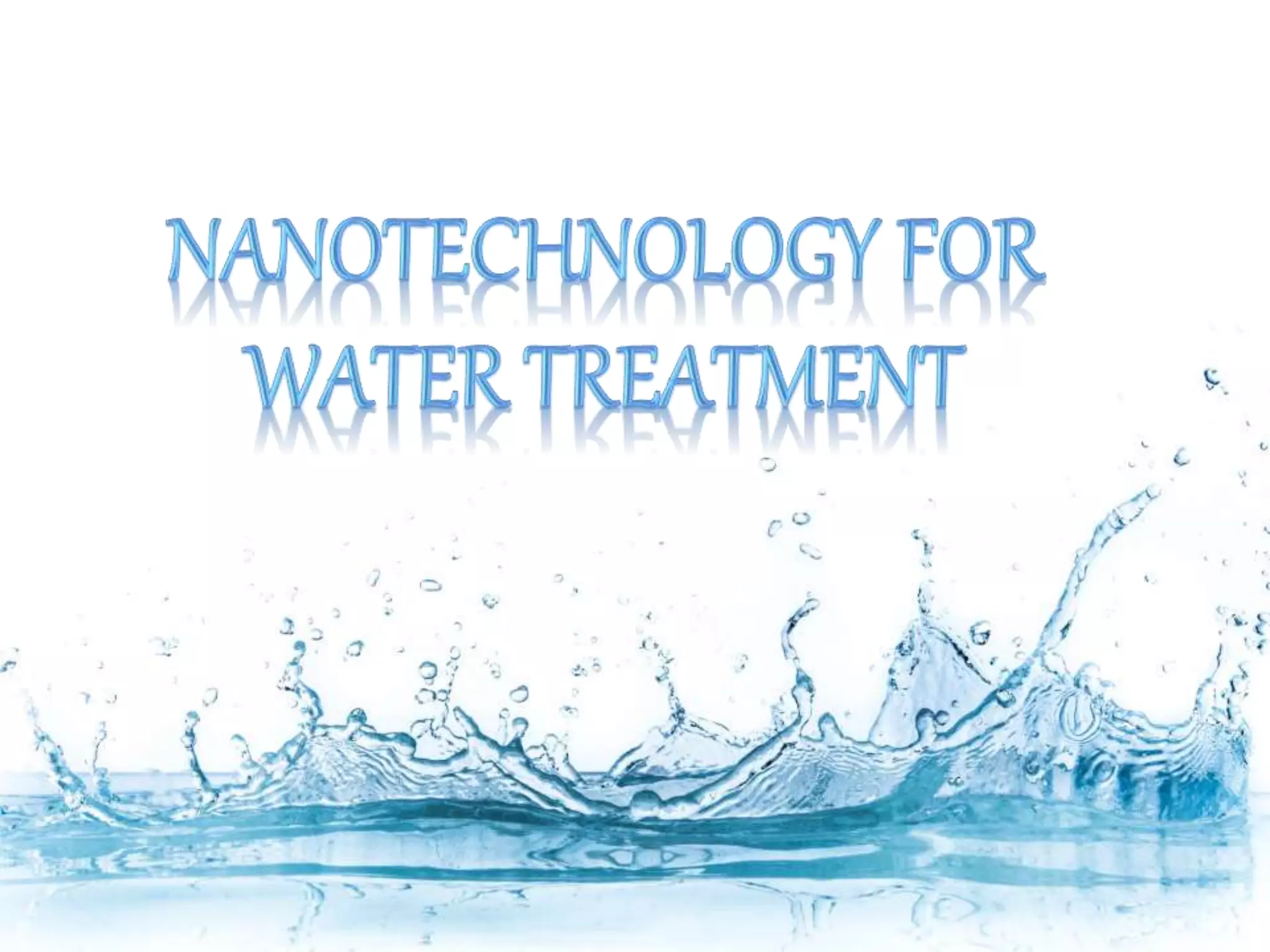The History of Water Treatment: From Ancient Methods to Modern Tech

water is often taken for granted in today’s modern world. We turn on the tap, and clean, safe water flows effortlessly into our homes. However, the history of water treatment is a fascinating journey that spans centuries, from rudimentary methods employed by ancient civilizations to the cutting-edge technologies of the present day. In this article, we will explore this remarkable evolution, tracing the development of water treatment methods, and highlighting the pivotal moments that have shaped our access to clean water.
Ancient Water Treatment Methods
Ancient Civilizations and Water Purification
The quest for clean water dates back to ancient civilizations such as the Egyptians, Greeks, and Romans. These early societies recognized the importance of water purification and devised various methods to ensure the safety of their water sources.
Boiling and Filtering
Boiling water was a common practice among ancient peoples to kill harmful microorganisms. Similarly, they used simple filters made from materials like cloth and sand to remove impurities.
The Use of Sunlight
Some ancient cultures harnessed the power of sunlight, leaving water-filled containers exposed to UV radiation. This natural disinfection method was surprisingly effective, considering the limited understanding of microbiology at the time.
Middle Ages and Renaissance
Medieval Innovations
During the Middle Ages, water treatment saw significant innovations. Monasteries played a key role in water quality, employing sand filtration techniques to improve water purity.
Sand Filtration
Sand filtration involved passing water through layers of sand, which acted as a natural filter, removing particles and contaminants. This method was a significant step toward cleaner water.
The Emergence of Public Baths
The Renaissance period witnessed the rise of public baths, highlighting the growing awareness of hygiene and water quality. These establishments implemented rudimentary water treatment processes to offer a safer bathing experience.
The Industrial Revolution
Industrialization and Water Pollution
The Industrial Revolution brought prosperity but also posed significant challenges to water quality. Rapid urbanization and industrialization led to widespread water pollution.
The Advent of Chlorination
In the 19th century, scientists like John Snow and John Leal made groundbreaking discoveries in water treatment. Chlorination emerged as a game-changer, effectively eliminating waterborne diseases.
The Great Stink of London
The “Great Stink” of 1858 in London was a turning point. The unbearable odor from the polluted Thames River prompted action, leading to the construction of a modern sewer system and improved water treatment facilities.
Modern Water Treatment
Advances in Modern Water Treatment
The 20th century witnessed remarkable advances in water treatment technology. These innovations revolutionized our ability to provide safe drinking water to growing populations.
Introduction of Filtration Plants
Filtration plants, equipped with multi-stage filtration processes, became commonplace. These plants could efficiently remove suspended particles and bacteria.
Disinfection with Ultraviolet Light
Ultraviolet (UV) light disinfection emerged as a powerful tool in the fight against waterborne pathogens. It’s eco-friendly and highly effective in destroying microorganisms.
Reverse Osmosis and Desalination
Reverse osmosis and desalination technologies have allowed us to convert seawater and brackish water into freshwater, addressing water scarcity in many regions.
Emerging Technologies
Nanotechnology and Water Purification
Nanotechnology has opened new frontiers in water treatment. Nanomaterials are being used to create advanced filters with high efficiency, removing even the tiniest contaminants.
Artificial Intelligence in Water Treatment
Artificial intelligence is being integrated into water treatment systems, optimizing processes, predicting water quality issues, and enhancing overall efficiency.
Conclusion
The journey of water treatment has been marked by remarkable ingenuity and innovation, from the rudimentary methods of ancient civilizations to the high-tech solutions of today. As we move into the future, the importance of clean water remains paramount, and the evolution of water treatment continues to ensure that this vital resource is accessible to all.
FAQs
Is tap water safe to drink nowadays?
Yes, in most developed countries, tap water undergoes rigorous treatment processes to meet safety standards. However, it’s essential to stay informed about local water quality.
How does reverse osmosis work?
Reverse osmosis involves forcing water through a semipermeable membrane to remove impurities. It’s a highly effective method for desalination and purifying water.
What are the key challenges in water treatment?
Challenges include emerging contaminants, aging infrastructure, and the need for sustainable solutions. Addressing these issues is vital for the future of water treatment.
Can water treatment remove all contaminants?
Water treatment can remove a wide range of contaminants, but not all. Some persistent chemicals may require specialized treatment methods.
How can individuals contribute to water conservation?
Individuals can conserve water by fixing leaks, reducing water usage, and supporting policies and practices that promote responsible water management. Small actions collectively make a significant difference in preserving this precious resource.












